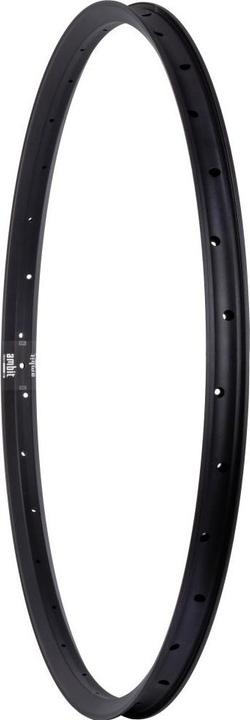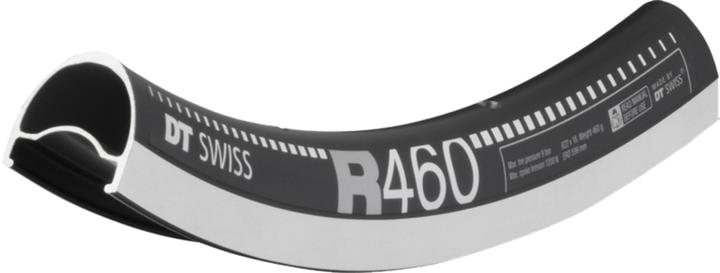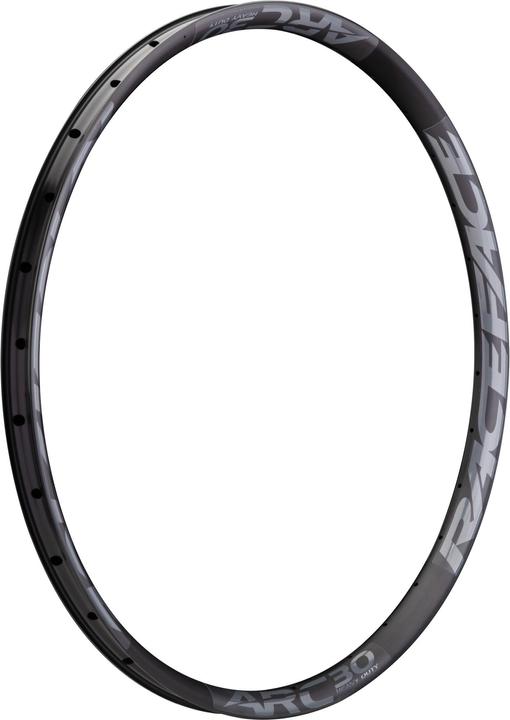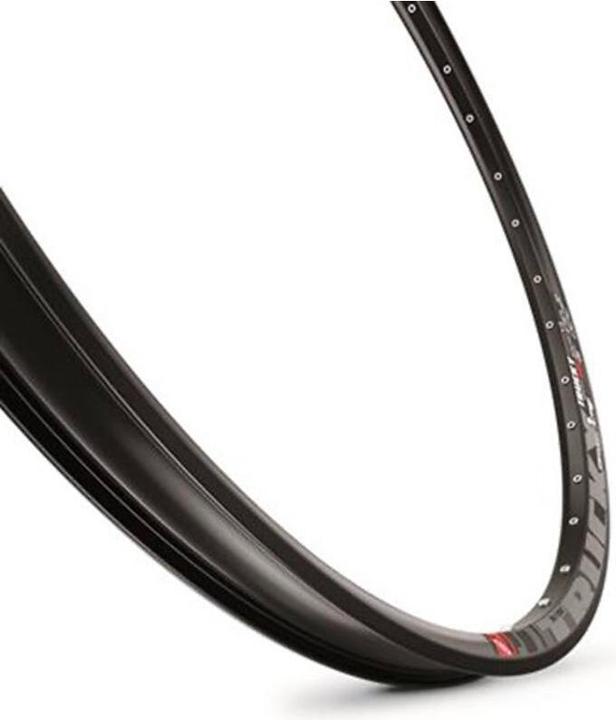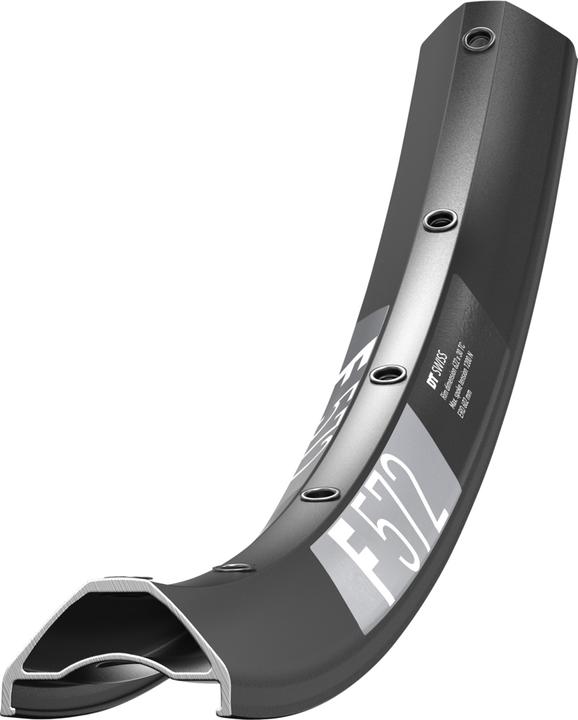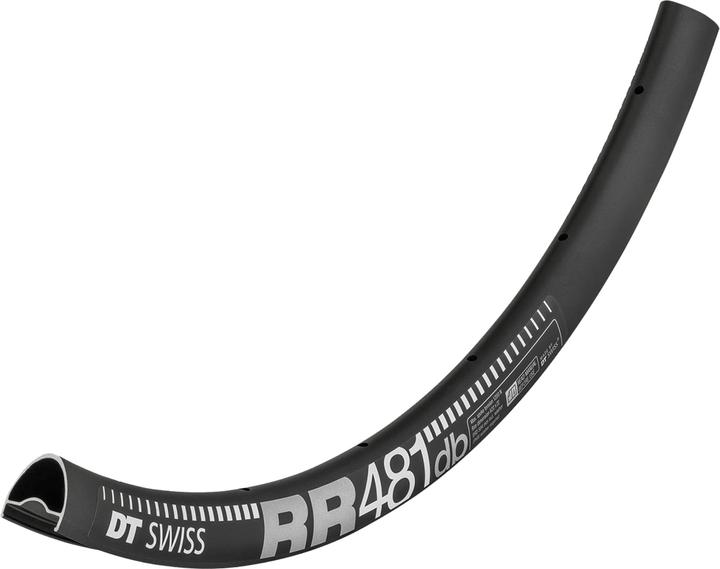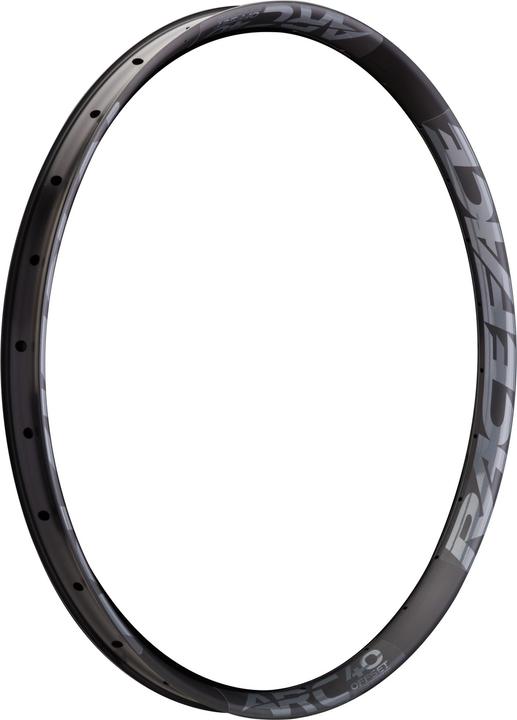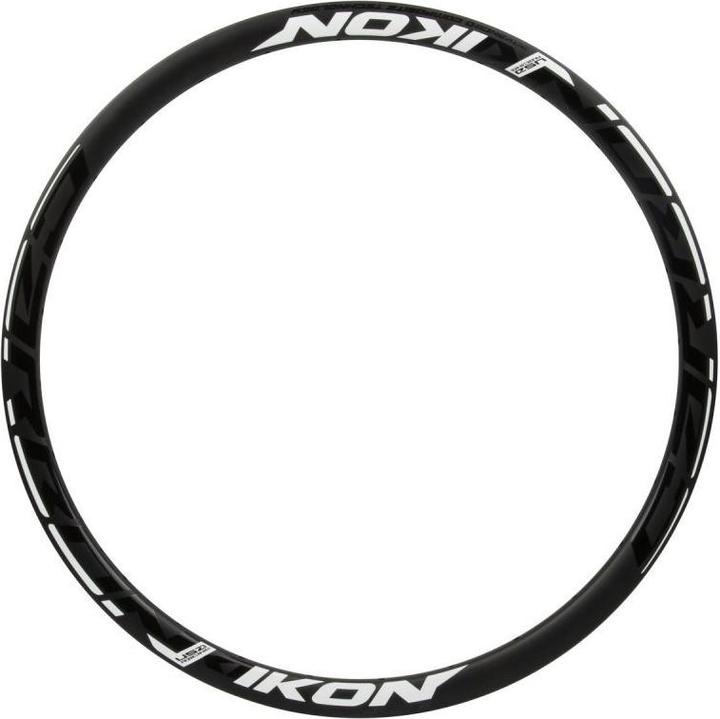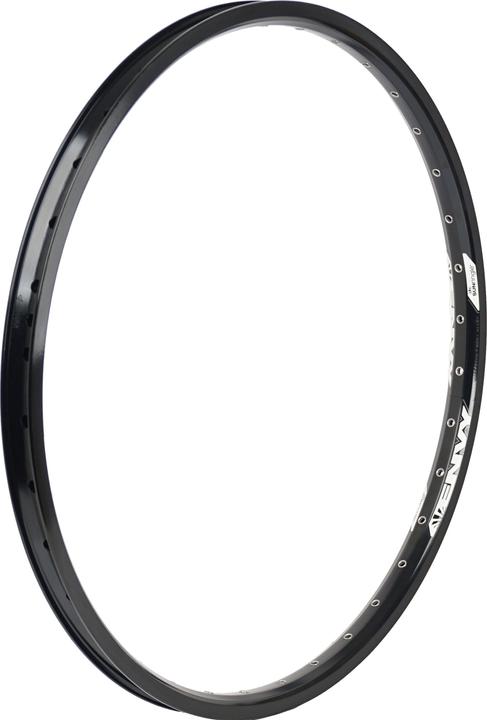
Too Many Bike Rims? Here's How to Choose the Right One
Discover the key factors to consider when selecting the perfect bike rims for your cycling needs.
Last updated 3 weeks ago. Automatically generated content.
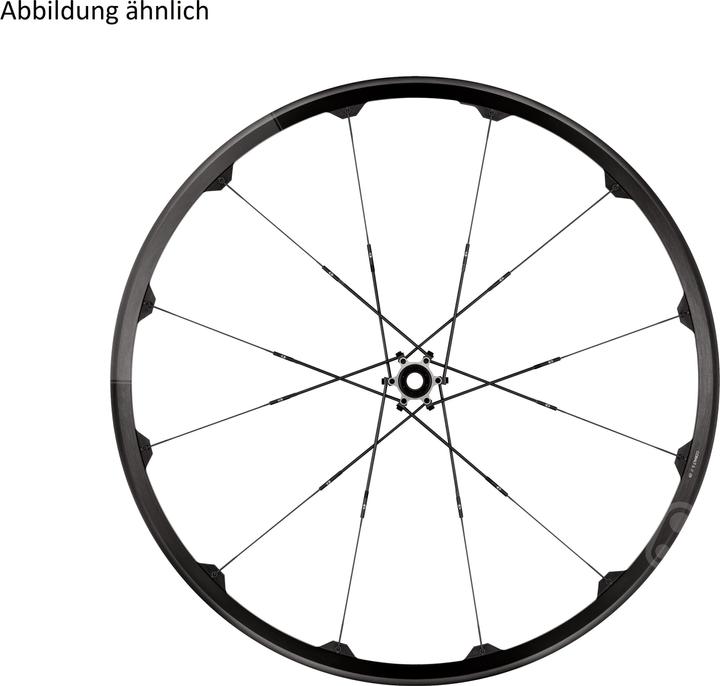

Select options and limit the number of products
Rim diameter is a key specification that determines the size of the wheel and affects compatibility with different tires and frames. Choosing the right rim diameter is crucial for ensuring a proper fit and optimal bike performance, particularly in terms of handling and ride comfort.
Popular options
21 - 27"
Typical price
38,– to 94,–Commonly found on road and mountain bikes, offering a balance between speed and stability.
Suitable for a wide range of cycling activities, providing versatility and efficiency on various terrains.
Bestseller
28 - 30"
Typical price
64,– to 130,–Often seen on touring and hybrid bikes, enhancing comfort and smoothness over long distances.
Perfect for cyclists who prioritize endurance and ease of ride, especially on long commutes or touring adventures.
Bestseller
The bike area of use refers to the specific environment or terrain where a bike is intended to be ridden. Selecting the appropriate bike rim for your riding area enhances performance, durability, and safety.
Popular options (you can select more than one)
Mountain bike
Typical price
68,– to 120,–Designed for rough and uneven terrains, with rims that are robust and wide for better stability.
Ideal for off-road cycling, offering enhanced grip and durability on trails and rocky paths.
Bestseller
Racing bikes
Typical price
45,– to 85,–Built for speed, with lightweight rims that reduce drag and improve aerodynamics.
Perfect for road cycling, providing a smooth and fast ride on paved surfaces.
Bestseller
Electric bike
Typical price
45,– to 89,–Adapted to support the additional weight and power of an electric motor, usually with reinforced rims.
Suitable for various terrains, offering versatility with added power assistance for longer rides.
Bestseller
Downhill
Typical price
85,– to 170,–Constructed for high-impact and steep descents, featuring extra-strong rims for impact resistance.
Essential for downhill biking, providing stability and control on fast and rugged downhill courses.
Bestseller
Width of bike rims affects tire compatibility and riding style, influencing stability and performance. Choosing the right width ensures optimal bike handling and comfort, adapted to different terrains and preferences.
Popular options
19 - 24 mm
Typical price
80,– to 150,–Suitable for narrow tires, typically used in road cycling for reduced aerodynamic drag.
Ideal for riders prioritizing speed and efficiency on paved roads, enhancing performance.
Bestseller
25 - 35 mm
Typical price
76,– to 140,–Compatible with medium-width tires, catering to gravel and all-road biking needs.
Offers a balance of speed and comfort, making it versatile for mixed terrain riding.
Bestseller
36 - 45 mm
Typical price
80,– to 230,–Designed for wide tires, providing increased surface contact and stability.
Perfect for off-road and mountain biking, ensuring better grip and control on rough trails.
Bestseller
The number of holes in a bike rim determines how many spokes can be attached, affecting the wheel's strength and durability. Selecting the appropriate number of holes ensures the wheel can handle the intended weight and usage conditions, whether for road cycling or mountain biking.
Popular options
28 - 30 x
Typical price
72,– to 130,–Designed for lightweight builds, typically used in road cycling or racing.
Offers a balance between weight and strength, suitable for those prioritizing speed over ruggedness.
Bestseller
31 - 35 x
Typical price
68,– to 120,–Provides moderate strength, used for a variety of cycling styles including touring and commuting.
Ideal for riders seeking a versatile wheel that balances durability and weight.
Bestseller
36 - 40 x
Typical price
80,– to 400,–Features a high number of spokes for maximum strength and support, often used in mountain biking or heavy-duty applications.
Ensures reliability and durability, making it suitable for rough terrains and heavier loads.
Bestseller
The brake type compatibility of bike rims determines what kind of braking system can be used, impacting stopping power and maintenance needs. Selecting the right brake type ensures safety and performance tailored to your riding style and conditions.
Popular options (you can select more than one)
Disc brake Center lock
Features a center lock mounting system for disc brakes, offering easy and secure rotor installation.
Ideal for riders seeking superior braking performance in wet or muddy conditions, providing reliable stopping power and reduced wear.
Bestseller
Rim brake
Designed for use with rim brakes, relying on pads that clamp onto the wheel rim for braking.
Best suited for road cyclists who prioritize lightweight setups and simplicity, offering cost-effective maintenance and repair.
Bestseller
